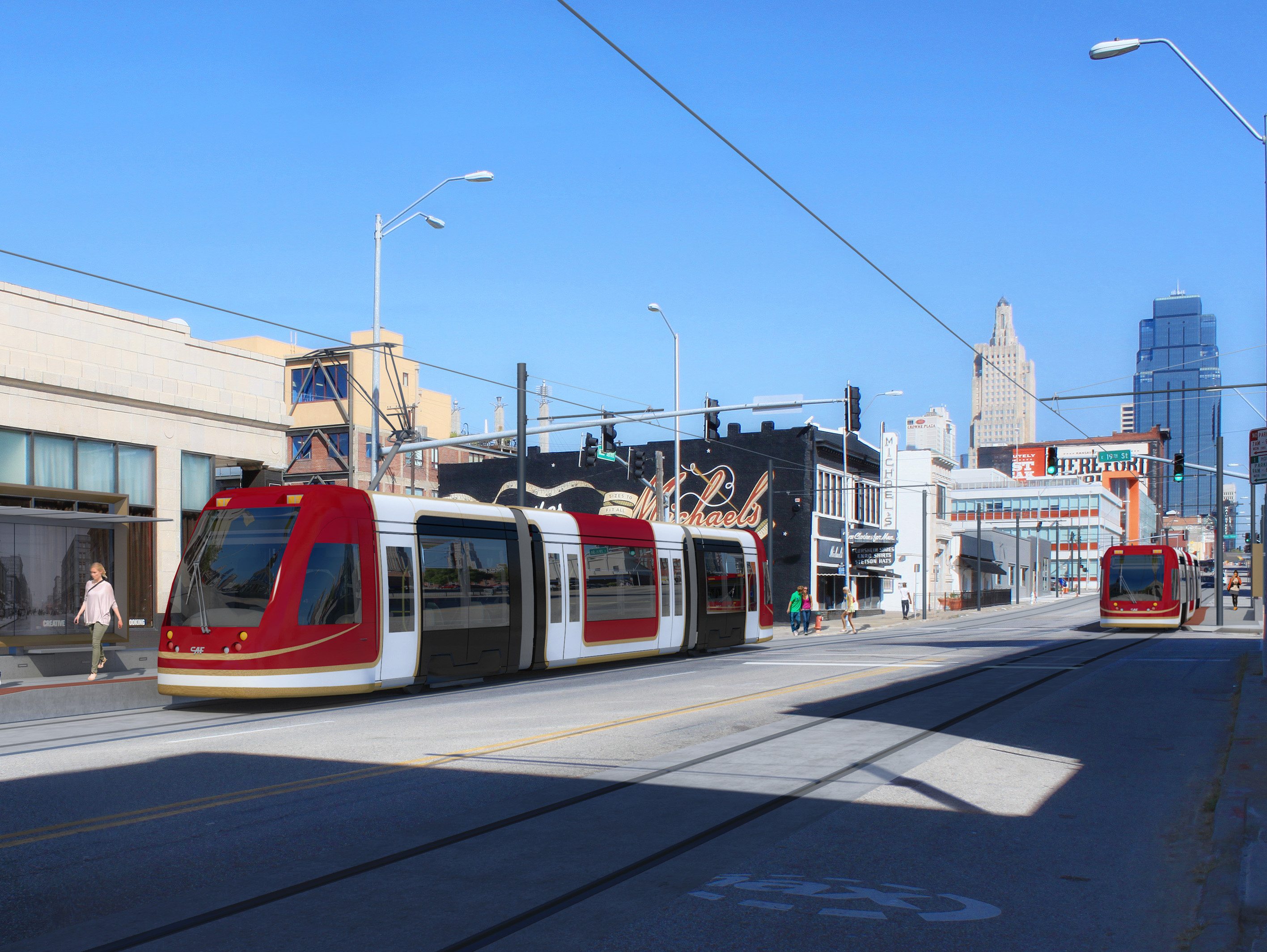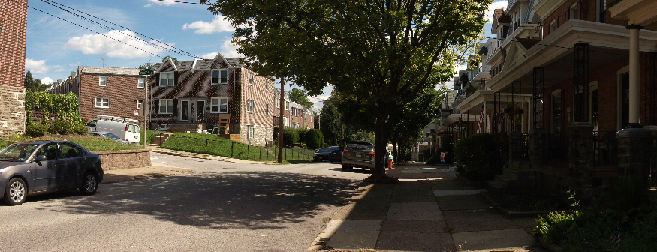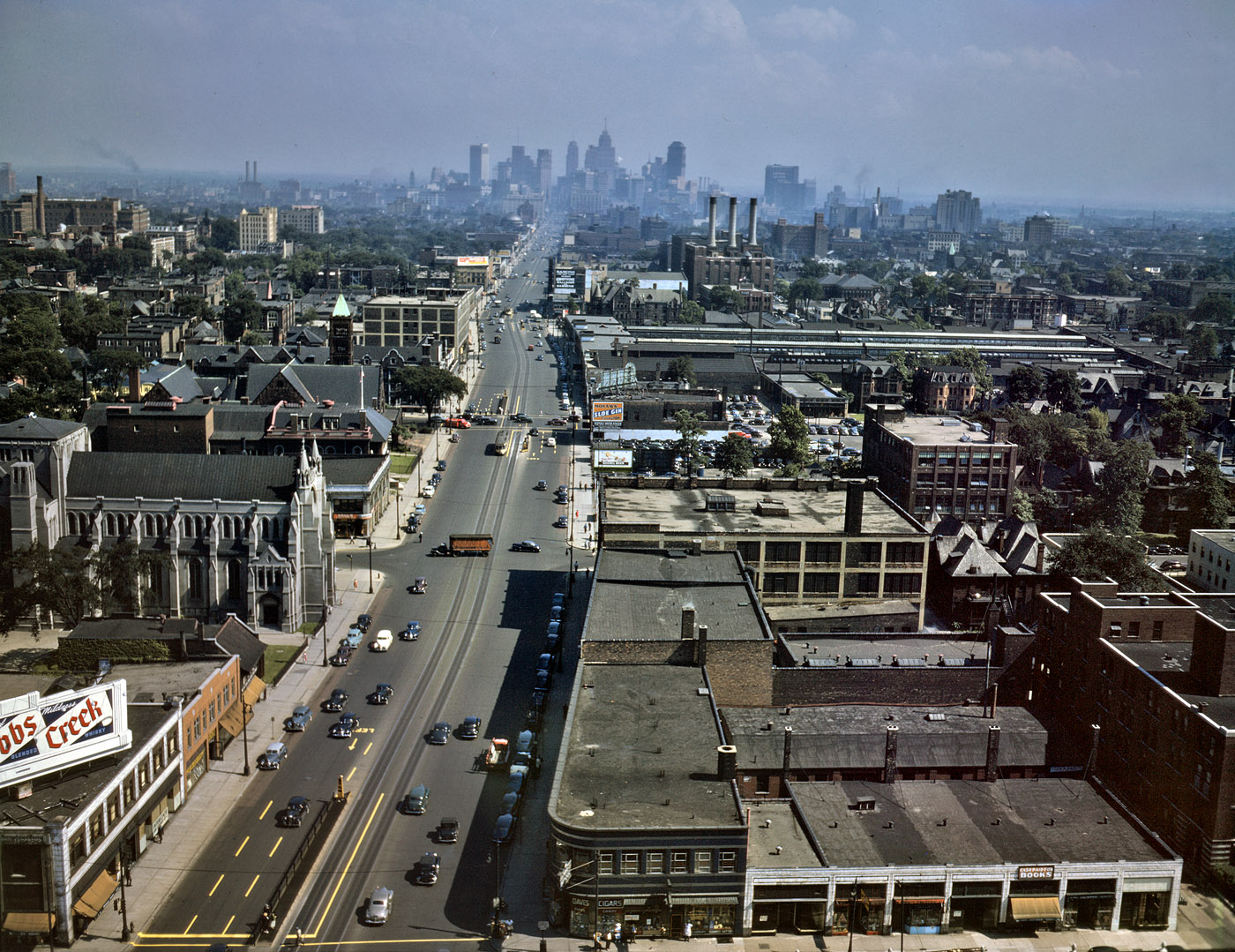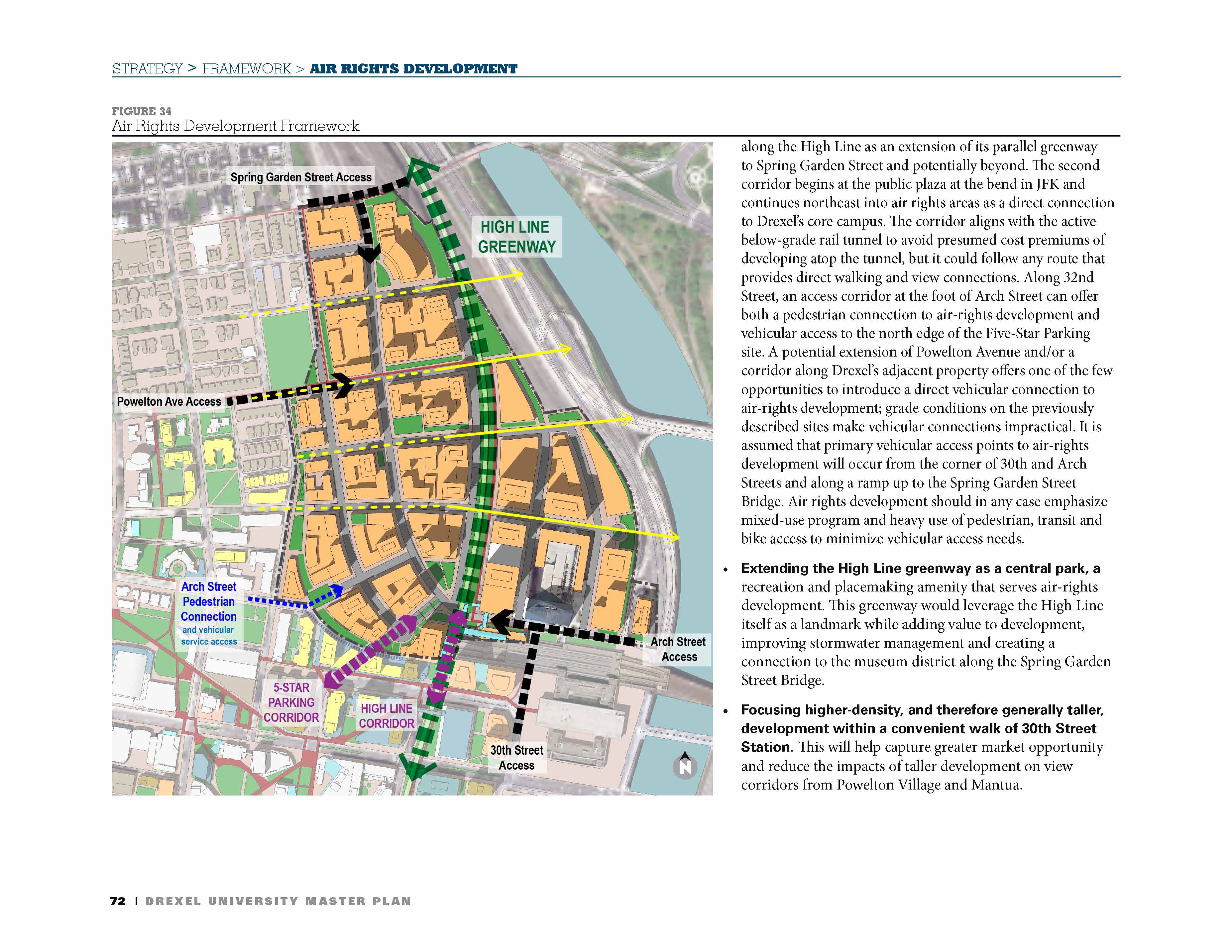Saw this item on
Systemic Failure the other day: http://systemicfailure.wordpress.com/2014/02/24/vre-replaces-apartments-with-parking/
Progress on acquiring land in the Crossroads Business
Park for the 1,500-space parking lot at the planned station is moving
along more slowly. Officials had originally expected the station to be
open by now, but numerous issues have popped up, with the most recent
problems caused by stalled negotiations for land for the commuter
parking lot.
The county had been negotiating with businessmen George Lester and Fitz Johnson, who own the property needed for VRE parking. The businessmen recently gained county approval to build 610 apartment units and commercial space next to the station site.
But the negotiations for the roughly 25 acres for the parking lot
have proven fruitless. So the county recently asked the Virginia
Department of Transportation to handle the property acquisition.
“They can facilitate it better,” said Spotsylvania County Administrator Doug Barnes.
Ya think? And what's worse, there are plenty of excellent examples where it's Done Right nearby--in Arlington County, in fact.
But there is another issue buried between the lines here. 610 apartment units on a 25 acre site comes out to 24.4 units/acre. Let us simplify this to 24 u/acr, and consider that postwar "garden" apartment "barracks" are really just attached rows of duplexes or triplexes in "green" settings*. At 24 u/acr, you get (a) 12 dp/acr, or 1 duplex = 1/12 acr, and (b) 8 tp/acr, or 1 triplex = 1/8 acr. Triplexes cover less space, yielding more green space, so this complex would probably be triplexes.
Let us, by contrast, begin with the typical 25'x50' lot found in prewar suburbia, remembering of course the dictum that
there is no difference between New Urbanism and prewar suburbanism. Since an acre is slightly greater than 200'x200', this implies that there are 32 lots/acre; triplexing this yields 96 u/acr, or
twelve times the density of what is currently being achieved. But this is excessively dense; most railroad suburbs have emergent 50/50 homeownership/rental ratios.
Let us reserve, in line with typical consumption, 20% of our site (5 acres) for infrastructure--streets, a park, and the like. This yields 640
lots on a 25-acre site. Splitting these lots evenly, we have 320 houses and 320 plexes. Splitting the plexes evenly yields 160 duplexes and another 160 triplexes**. Summing these yields 1920 units, a whopping
315% more than the current proposal calls for. And furthermore, neighborhoods built out to this density are often just as green, and charming, as those with more green space. This implies that, past a certain amount, provision of green space is subject to diminishing returns: Just before you hit it, you get charming "green" town environments; past it, house farms.
So provision of green space is clearly not a good in and of itself. Like most anything else, it's how it's
used that determines its true value. Green scraps left to fulfill zoning requirements have marginal development value and zero usage value. But modernist planning, in its flawed assertion that green space is an unmitigated good, makes no account of this. This is why house farms and towers-in-parks both tend to have the same overengineered, lawn-softened, bleakly industrial look: They are both people batteries. And because urban dynamics requires a
critical mass to spark, while the lawns hide their interiors' aesthetic bleakness, they also push everything too damn far apart to spark emergent urban dynamics.
Anyway. Since the average household size today is 2.6, our 25-acre railroad suburb would yield a population of ~5000, a much fatter prize than the ~1600 the garden apartments would house, and certainly a
far fatter prize than a 1500 space lot. Three other similar developments nearby would yield a nice town of 20k on 100 acres...
Modeling, the fact that, past a certain critical point, green space appears to cease to boost urbanism, and indeed, instead
diminishes it needs to be considered mathematically. This critical point appears to be tied to an urbanism "critical mass". Since critical masses imply step functions, we can infer Heaviside (either it is or isn't), and can also infer that that function's discontinuity occurs at a certain percentage of green space provision. Since green space provision, by percentage, is (obviously) along the origin from (0,0) to (100,100), all we need to find is
at what value green space provision, by lot, definitively hurts the formation of urban dynamics. This implies a Heaviside step from 1 (urbanism is emergent) to 0 (it is not).
Urbanism also has a clear financial
buff. We need to find the nature of this buff (is it scalar? vector? etc.) and model it; knowing this information can help develop key Strong Towns tools that are not just descriptive, but predictive as well.
___________
*By stacking, not by firewalls. By firewalls, you can get du-, tri-, quad-, and hex- (6) plexes. Quadplexes by stacking (octoplexes, or 8 units, per firewall) are rare, but not unheard of; pentaplexes (5 units) by stacking and their decaplex (10 units) cousins by firewall are absent--most likely because elevator regulations start kicking in at that point.
**There are a couple of reasons for doing this. First off, different space requirements. Duplexes have more living area than triplexes in a unit shell. Secondly, this yields a Main Street of duplexes atop commercial units. But it is unreasonable to think the Main Street would consume all of the allotted duplexes.




.png)





















